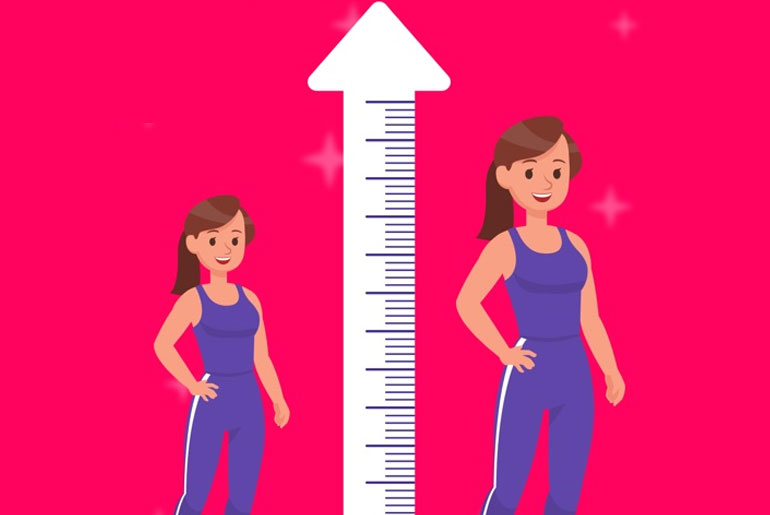While genetics largely dictate our height, there are exercises and practices that can contribute to better posture, spinal health, and potentially maximize your growth potential, particularly during growth years. These exercises aim to promote proper alignment, flexibility, and core strength, which can enhance your overall posture and make you appear taller. Although they won’t drastically alter your genetic height, they can be beneficial for individuals looking to optimize their height-related attributes. In this guide, we will explore five Height-Increasing exercises and practices that may assist in improving posture and, in turn, height perception.
Height-increasing exercises can help improve your posture and maximize your growth potential, especially during your growth years. While genetics largely determine your height, these Height-Increasing exercises may contribute to better posture and alignment:
1. Stretching Exercises:
a. Toe Touches: Toe touches are a simple, yet effective stretching exercise aimed at improving flexibility and posture. To perform toe touches, one stands with feet together and reaches down to touch the toes while keeping the legs as straight as possible. This exercise primarily targets the lower back and hamstrings, promoting increased flexibility in these areas. By regularly incorporating toe touches into a fitness routine, individuals may experience improved posture, reduced muscle tension, and better overall spinal alignment. While toe touches may not significantly increase one’s height, they contribute to better posture, which can make individuals appear taller and feel more confident in their physical presence.
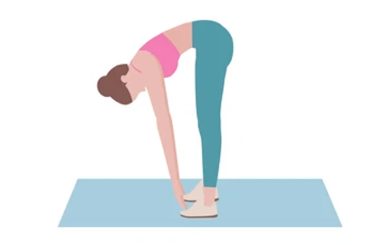
b. Cobra Stretch: The Cobra Stretch is a yoga pose that involves lying face-down on the floor, placing the palms near the shoulders, and gently pushing the upper body upward while keeping the hips in contact with the ground. This exercise is designed to stretch the front of the torso and strengthen the back muscles. The Cobra Stretch promotes spinal flexibility and can help individuals develop better posture by encouraging proper alignment of the spine. Regular practice of this stretch can alleviate tension in the lower back, enhance core strength, and contribute to an overall sense of improved physical well-being, although it may not significantly impact one’s actual height.
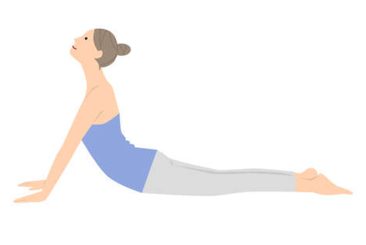
2. Hanging Exercises:
Hanging Bar Exercises: Hanging bar exercises involve suspending one’s body from a horizontal bar and engaging in various movements. These exercises are particularly effective for improving posture and upper body strength. By hanging from a bar, individuals can decompress their spine and elongate their torso, potentially contributing to a taller appearance and better alignment. Common hanging bar exercises include pull-ups, chin-ups, leg raises, and static hangs. These exercises primarily target the back, shoulders, and core muscles while also encouraging proper spinal alignment. Incorporating hanging bar exercises into a fitness routine can help individuals enhance their posture, develop upper body strength, and create a sense of improved physical well-being, although their impact on actual height may be limited.
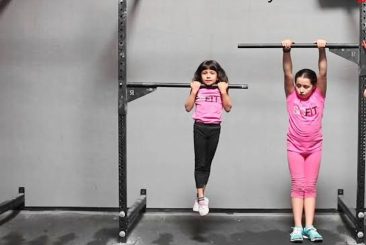
3. Pilates:
Pilates is a low-impact Height-Increasing exercise system that focuses on core strength, flexibility, and overall body awareness. Developed by Joseph Pilates in the early 20th century, this fitness method incorporates controlled movements and breathing techniques to improve posture, balance, and muscle endurance. Pilates exercises often emphasize the engagement of the body’s core muscles, including the abdominal and lower back muscles, while also promoting relaxation and mental concentration. Regular Pilates practice can lead to improved posture, enhanced muscular flexibility, and better alignment, which may contribute to an individual’s perception of appearing taller and feeling physically more confident, although it does not significantly alter one’s actual height.
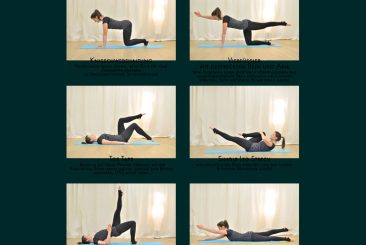
4. Yoga:
Yoga is a multifaceted practice that integrates stretching, balance, and posture exercises, all of which can significantly enhance posture and contribute to spinal elongation. Key yoga poses such as the “Mountain Pose” and “Tree Pose” place a strong emphasis on cultivating proper alignment and balance within the body. The Mountain Pose, for instance, encourages individuals to stand tall with their feet grounded, promoting a sense of elongation in the spine and better overall posture. Similarly, the Tree Pose, which involves balancing on one leg while the other is placed against the thigh, not only improves balance but also encourages proper spinal alignment. These yoga poses, among many others, are instrumental in fostering improved posture and a heightened sense of physical well-being.
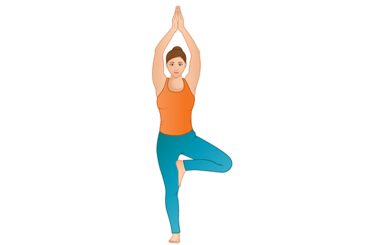
5. Swimming:
Swimming is a highly beneficial Height-Increasing exercise that not only promotes cardiovascular fitness but also encourages good posture and spinal elongation. The buoyancy of water reduces the impact on joints, making swimming an ideal choice for individuals looking to improve their height perception and overall physical health. Engaging in regular swimming sessions can help stretch and strengthen the body, leading to better alignment and posture. Additionally, the rhythmic motion of swimming strokes, such as the freestyle or breaststroke, can have a positive impact on spinal health, potentially contributing to the appearance of being taller. Beyond physical benefits, swimming offers a sense of relaxation, mental clarity, and an enjoyable way to stay active and healthy.

-
- Remember that while these exercises can promote good posture and potentially maximize your height, they won’t significantly alter your genetics or add inches to your height if you’ve already stopped growing. It’s essential to maintain a healthy lifestyle, including a balanced diet and adequate sleep, to support proper growth and posture throughout your life. If you have concerns about your height or posture, consider consulting a healthcare professional or a physical therapist for personalized guidance.
Disclaimer:
The information contained in this article is for educational and informational purposes only and is not intended as a health advice. We would ask you to consult a qualified professional or medical expert to gain additional knowledge before you choose to consume any product or perform any exercise.

